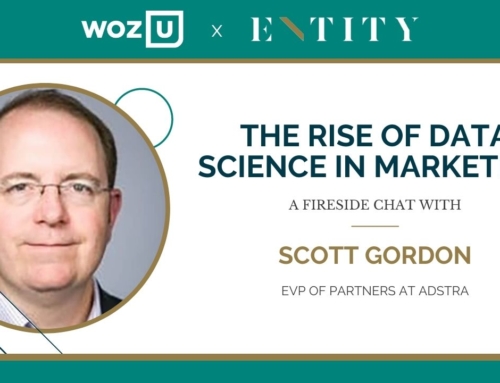Academia teaches regressions as the end-all, be-all for data analysis, not machine learning. And there are definitely growing pains in switching mind-sets!
With regression, we ask why something happens. We ask how something happens. We get data about the individual predictors, and we see how much they contribute to the overall model.
But, most machine learning algorithms just spit out a few relevant numbers revolving around accuracy. That ‘s it! Nothing more. To someone used to exploring every nook and cranny of their data with regression, this seems sparse. Austere. Confusing, even. You might be wondering, why run machine learning, if I don ‘t get any additional information about my data? The answer, muddled through with my husband late at night, is this: machine learning is all about answering what, not how you got there and not why the prediction works. Just does it work? In a world abounding with data, sometimes employers just need to know whether they are on the right track or whether their model is accurate enough to be useful. If it is, they ‘re moving forward. And so are you!
You want to predict what clothes customers might want to buy next? You want to recommend a movie to a customer? Machine learning. Who cares about the magic behind the curtain? Your algorithm is doing its job. It has answered the what.
If you want to learn more about your customers or explore which customers are buying which products, so you can target them for certain goods, coupons, or campaigns, then it becomes all about the regression. Explore to your heart ‘s content and determine how and why the data came to be.
Now here ‘s the real secret — the one you won ‘t get until you ‘ve explored both worlds. You can tweak your machine learning algorithms to maximize their predictive value by using the information provided to you by regression.
Whoa! Mind blown, right? Interested in learning more about Machine Learning and Data Science? Select “Request Info” in the upper right corner of this page!




